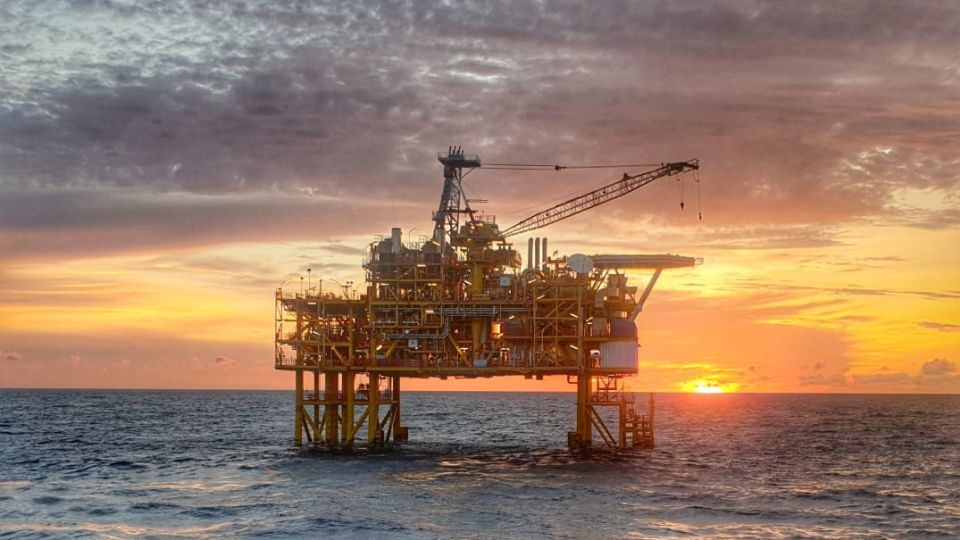September 28, 2022
JAKARTA – Indonesia needs a greater sense of urgency and sustainable supportive legislation, experts say, to boost investment and meet its ambitious oil and gas production targets by 2030, as competition with other countries gets even tougher.
The country aims to boost its oil and gas production to 1 million barrels of oil per day (bopd) and 12 billion standard cubic feet per day (bscfd) of gas in 2030 in an effort to reduce imports and meet the country’s increasing energy demand.
If the target is met, the upstream oil and gas sector will achieve the largest production volume of oil and gas on record in Indonesia.
Institute for Energy Economics and Financial Analysis (IEEFA) analyst Putra Adhiguna said investors were examining more closely how well Indonesia fared compared with their existing global portfolios, partly due to uncertainty in the long-term demand for oil and gas as countries aim to transition to new and renewable energy.
“Indonesia’s oil and gas legislation has been a ‘work in progress’ for nearly a decade. More urgency is needed because it is difficult to make a convincing argument on policy stability when [important] regulations have yet to be drafted,” he told The Jakarta Post on Monday, referring to the revision of Law No 22/2001 on oil and gas, which was expected to provide a steady legal basis for several provisions, such as production sharing schemes (PSCs).
“We’ve observed many changing rules over the years, which indicates policy inconsistency and instability. This is a critical problem […] as it makes it difficult for investors to measure their investment risks,” Putra said.
Indonesia’s investments in the oil and gas sector nosedived from US$20.72 billion in 2014 to $17.38 billion in 2015.
This figure dipped further in the 2016-2017 period, when investments stood at $12.74 billion and $10.17 billion, respectively, Energy and Mineral Resources data show.
Meanwhile, investments in the sector continued to fluctuate throughout the 2018-2021 period at $11 billion, $12.2 billion, $10.5 billion and $10.9 billion, per annum, respectively, according to Upstream Oil and Gas Special Regulatory Taskforce (SKK Migas) data. The government was not able to achieve all of its investment targets set for each year during the same period.
Maman Abdurrahman, vice chairman of House of Representatives Commission VII, which oversees energy and mineral resources, said complicated requirements faced by investors were among the logjams in attracting foreign investment.
“The [revision] of the oil and gas law [is expected] to improve the oil and gas investment climate. The draft is currently with Commission VII and we are pushing it [to be discussed] with the House legislation body [Baleg],” he said during the Indonesian Petroleum Association Convention and Exhibition (IPA Convex) on Sept. 21.
Weighing into the discussion on regulatory improvement, Gary Selbie, president director of Scotland-based energy company Harbour Energy, said that the capped regulated domestic gas price remained one of the particular challenges in developing deep-water and remote fields.
Deep-water and remote fields are more expensive to develop, both in terms of developing the upstream facilities and transporting liquefied natural gas (LNG) to demand centers.
In this case, upstream producers may find the gas too expensive to produce as the capped price rule has become insufficient to cover their production costs.
Energy Ministerial Regulation No. 134/2021 and Energy Ministerial Regulation No. 135/2021 regulates the domestic gas price cap for industries and electricity-generation plants, respectively.
“Local gas infrastructure will also need to grow quickly to be able to achieve our 2030 production target,” he said, also during the IPA Convex event on Sept. 21. He went on to suggest the government produce a congruent oil and gas investment policy between ministries and establish a standardized long-term plan for the sector.
Egon van der Hoeven, senior vice president of business development at ExxonMobil Cepu Limited (EMCL), said that the company’s investment in Indonesia had not always been “a smooth ride” with remaining challenges related to exploration activities and ease of doing business.
However, he remained optimistic about the sector’s improvement, noting that the government has been willing to improve the investment climate as the country struggled to meet its projected skyrocketing energy demand.
Oil consumption in Southeast Asia’s largest economy is forecast to more than double to 3.97 million bopd in 2050, according to SKK Migas data, while natural gas consumption is expected to more than quadruple to 26,000 million standard cubic feet per day (mmscfd).
IPA president Irtiza Sayyed, who is also president of ExxonMobil Indonesia, forecast that in 2050, the gap between demand and production in Indonesia would reach 83 percent and 78 percent for oil and gas, respectively.
Indonesia’s oil industry hit its peak in the 1970s and 1980s, when oil production exceeded 1 million bopd and oil exports drove economic growth. But production has been steadily declining – mostly due to aging wells and a lack of new discoveries – and was last recorded at 616,600 bopd in June this year, according to SKK Migas data.


